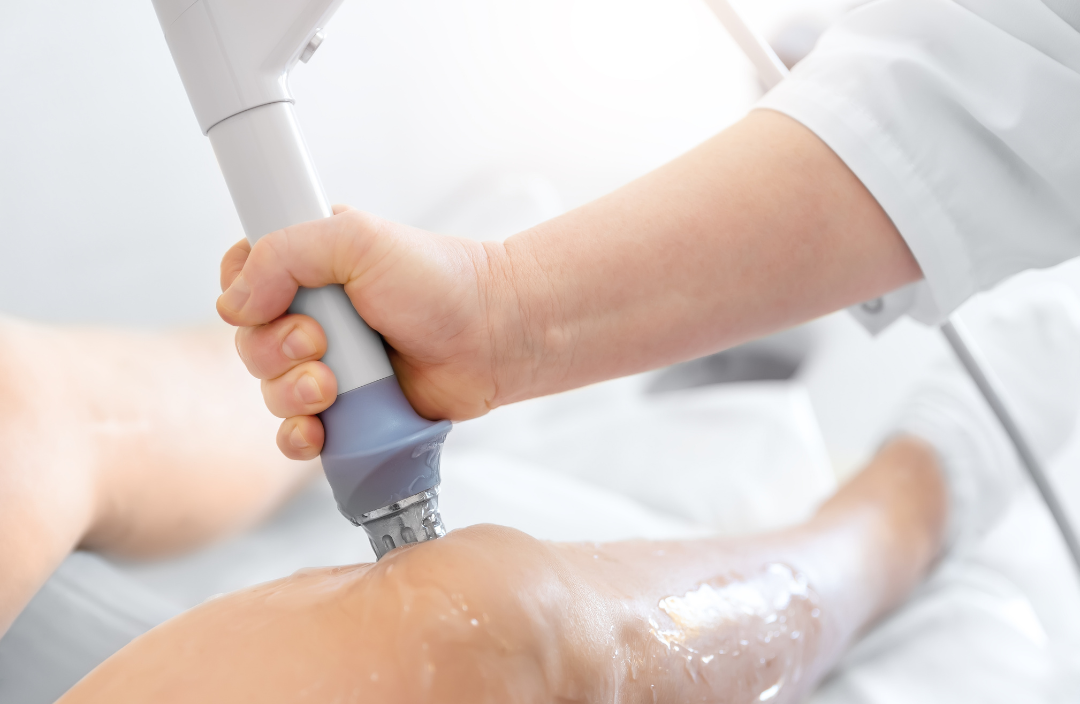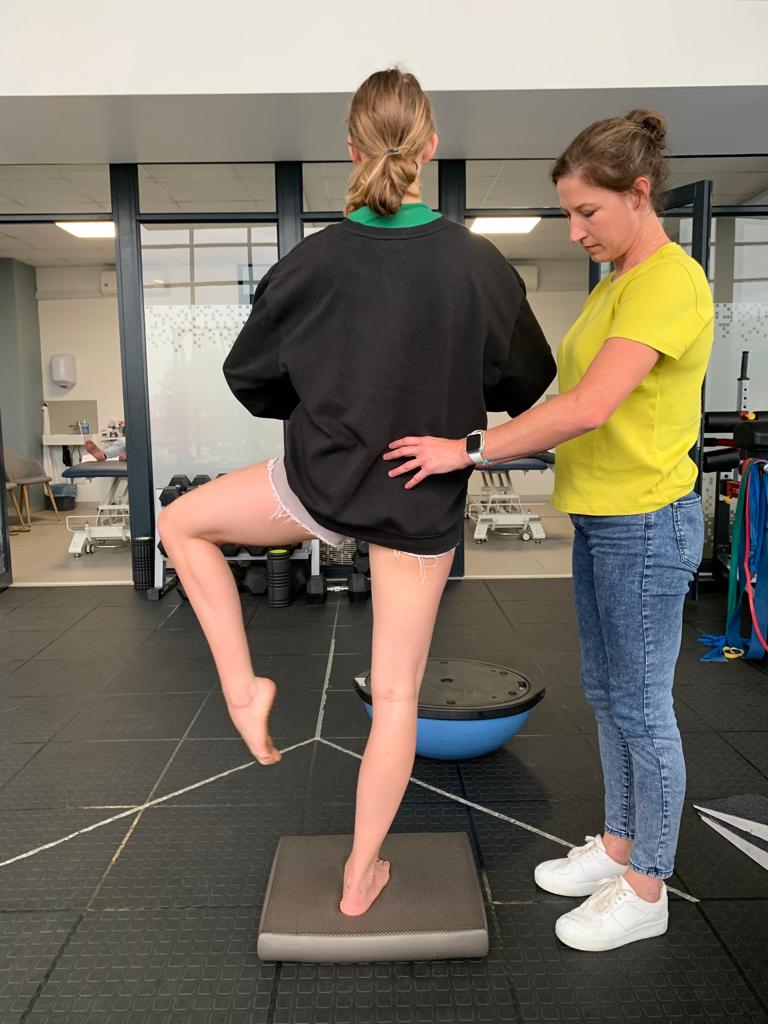The medical, health, wellness and even the aesthetics industries are constantly
coming up with new ways to keep us alive and looking better for longer.
Physiotherapy is no different and we approach injuries, pain and movement
dysfunction differently today than we did even one year ago.
When injury occurs we all obviously want the quickest ‘fix’ to get our lives back to
normal. One technology rapidly becoming mainstream is Extra-Corporeal
Shockwave Therapy (ESWT). It has actually been used in medicine for decades but
only recently become more affordable to be offered in a private clinic setting to treat
a range of orthopaedic and sports injuries and help people recover quicker. The
technology is also used to treat conditions like kidney stones.
Without getting too technical, ESWT is acoustically generated pressure waves, much
like the sonic boom experienced when a plane breaks the sound barrier. Applied
locally across the skin, these waves penetrate and exert their effects into the body
tissues up to 5cm in depth. Physiotherapists mostly use ‘radial’ ESWT, which has a
broader and lower energy distribution with its effects being healing and pain relief.
There are many conditions which ESWT can treat but it is particularly effective in
managing soft tissue pathology. Conditions that respond very well includes trigger
points (myofascial pain), tennis elbow, achilles tendinopathy, hamstring
tendinopathy, rotator cuff injury, patellar tendinopathy, shin splints, plantar fasciitis,
calcification and even scar tissue management.
The energy generated promotes a biological response in the tissues effecting
regeneration and the reparative processes. It works well for both sub-acute or
chronic problems. The same technology is also used in the beauty industry for
reducing the appearance of cellulite.
It is generally accepted that between 3-6 sessions are required to get the best
outcomes, but better results can be seen when used as an adjunct within a
rehabilitation program. Most injuries are associated with a loss of strength or
mobility and require an active component in order to restore full function. The pain
relieving effect of a treatment can break that vicious cycle of pain and inhibition,
allowing the injured area to be exercised at a much more comfortable level. The
result is that movement and strength come back much quicker than if not used.
There are very few side effects reported from ESWT apart from being slightly
uncomfortable during the treatment when focussed over bony areas (often where
tendons attach). But since it is non-invasive, non-surgical, presents no injection
soreness, no infection risk and no chance of latent tissue damage/weakening when
compared with ‘quick fix’ cortisone injections, it is overall a more contemporary and
safer treatment option.

Back (packs) to School
By Anushca Van Aswegen It is increasingly more common to find children complaining of back pain. In a previous blog, Martine addressed a few causes




